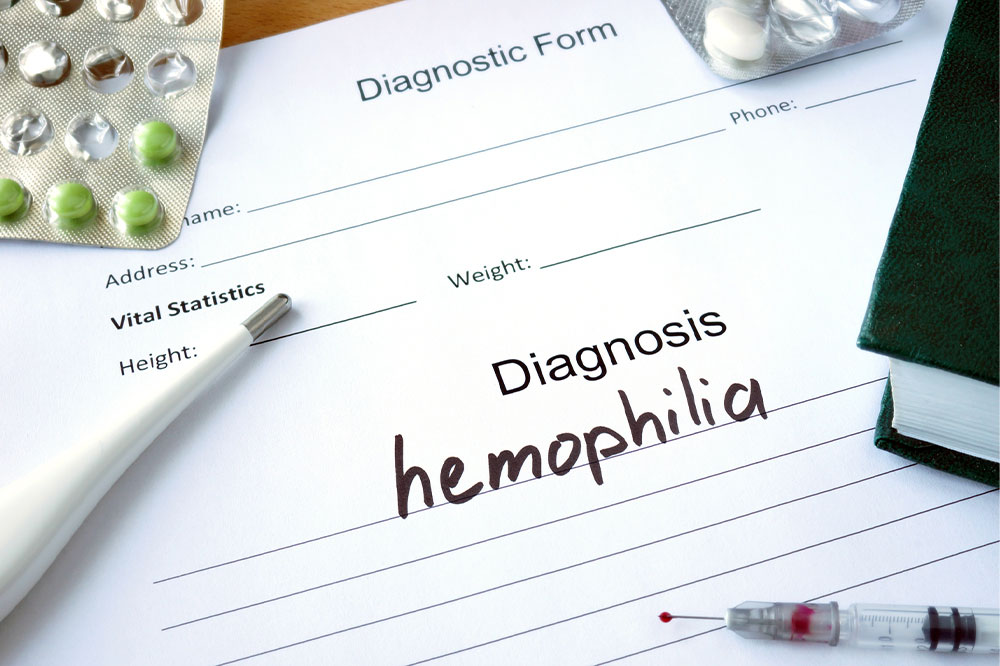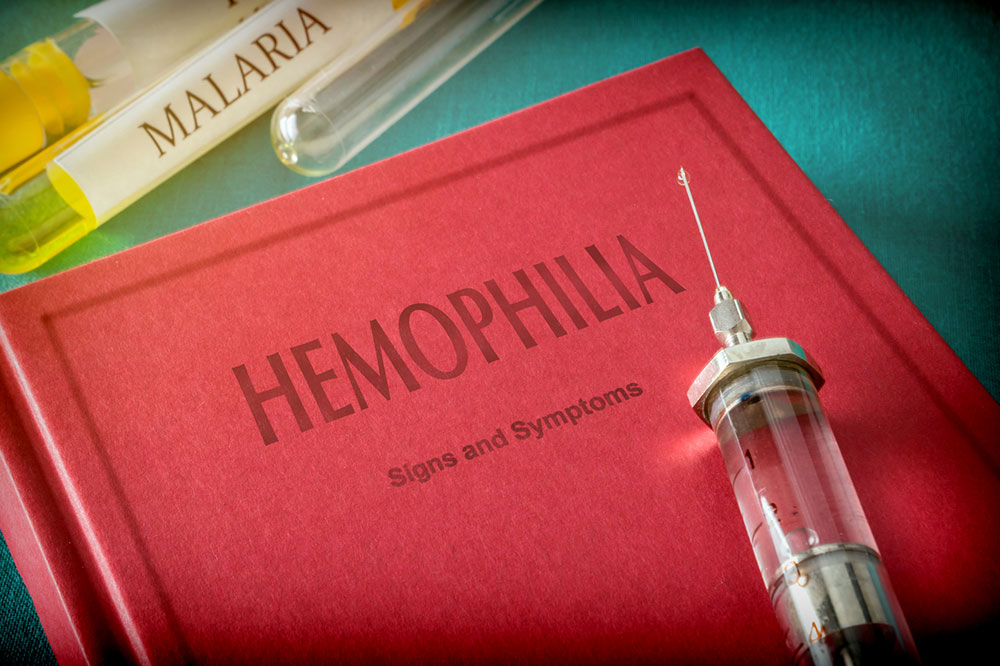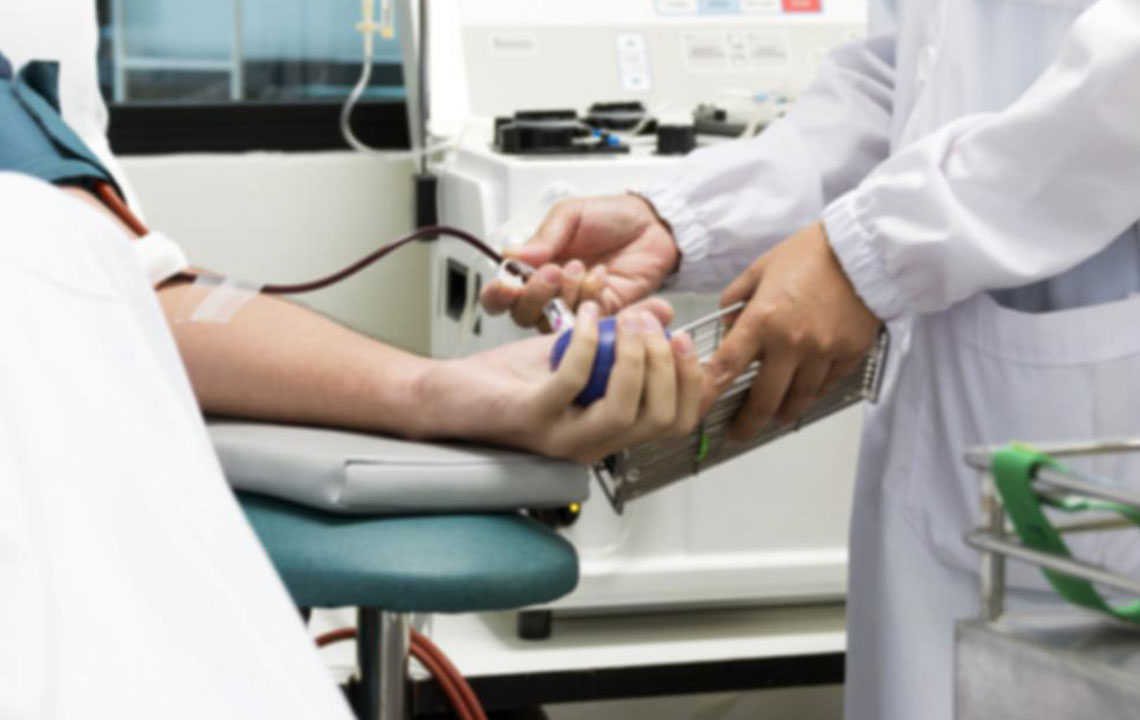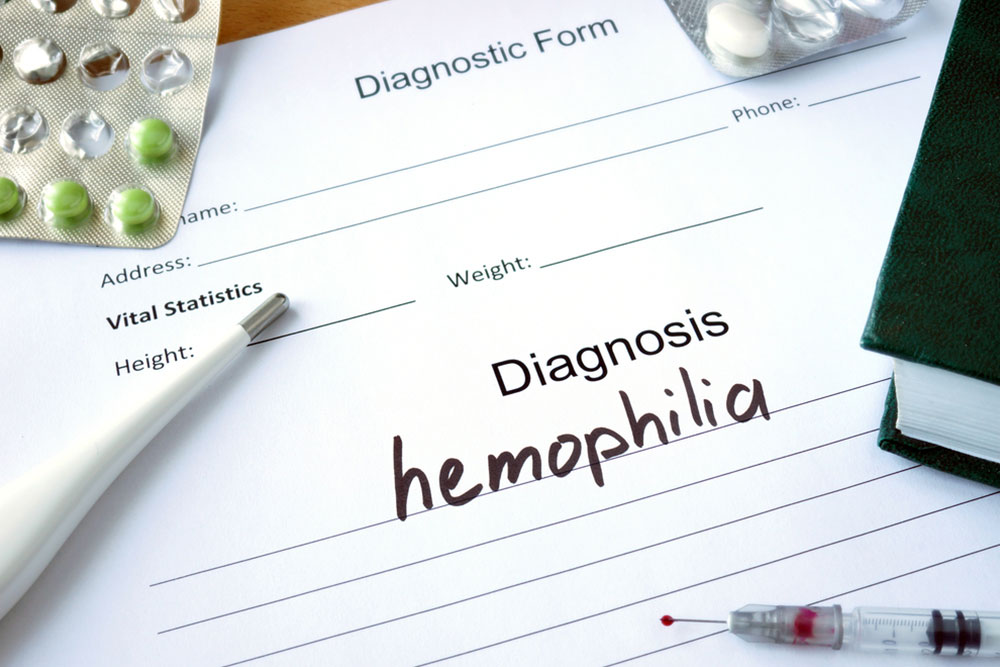Comprehensive Guide to Hemophilia: Causes, Symptoms, and Management
This comprehensive article explains hemophilia, a genetic bleeding disorder characterized by insufficient clotting proteins. It covers types, symptoms, causes, complications, treatment options, and prevention strategies. Understanding this rare condition helps in early diagnosis and management to prevent serious health issues. The article emphasizes the importance of medical consultation and genetic testing for at-risk individuals, promoting awareness and proactive healthcare approaches for hemophilia patients.

Comprehensive Guide to Hemophilia: Causes, Symptoms, and Management
Hemophilia is a genetic bleeding disorder where the blood lacks the proper clotting ability, resulting in excessive bleeding. It stems from insufficient levels of clotting proteins known as "clotting factors." Patients with hemophilia are prone to bleeding easily and experience delayed clotting. Internal bleeding and joint swelling are common issues caused by bleeding into joints. Although rare, this condition can have serious, life-threatening complications. According to the World Federation of Hemophilia, about 1 in 10,000 individuals are born with this disorder.
Types of Hemophilia
Hemophilia A – The most prevalent type, caused by a deficiency of factor VIII. According to the National Heart, Lung, and Blood Institute, about 80% of hemophilia cases are Hemophilia A.
Hemophilia B – Known as Christmas disease, it results from a lack of factor IX.
Hemophilia C – A mild form caused by low levels of factor XI, usually causing less spontaneous bleeding.
Hemorrhaging typically occurs after injury or surgery.
Acquired Hemophilia – A rare form developing later in life when the immune system creates antibodies against clotting factors VIII or IX.
Signs and Symptoms
The severity of symptoms depends on the extent of clotting factor deficiency. Mild cases may bleed only after trauma, while severe cases can result in spontaneous bleeding. In children, symptoms often emerge around age two. Spontaneous bleeding may cause:
Blood in urine
Blood in stool
Joint pain and swelling
Bleeding gums
Deep bruises
Frequent nosebleeds
Excessive bleeding
Causes of Hemophilia
It is primarily inherited, passed via genes on the X chromosome.
Most often seen in males, inherited from mothers.
Can also develop if the body produces antibodies attacking clotting factors.
In some cases, new genetic mutations lead to acquired hemophilia.
Potential Complications
Complications include joint damage from repeated bleeding, internal bleeding, neurological issues from brain hemorrhage, and increased risk of infections like hepatitis from blood transfusions.Treatment Options
Desmopressin can help treat Hemophilia A by stimulating clotting factor release.
For Hemophilia B, donor plasma or recombinant clotting factors are infused to manage bleeding episodes.
Hemophilia C can be managed with plasma infusions to control bleeding.
Prevention Strategies
Since hemophilia is inherited, prenatal testing can identify the condition early.
In vitro fertilization with genetic testing allows for the selection of embryos without hemophilia.
Preconception and prenatal counseling help assess risks related to childbirth.










